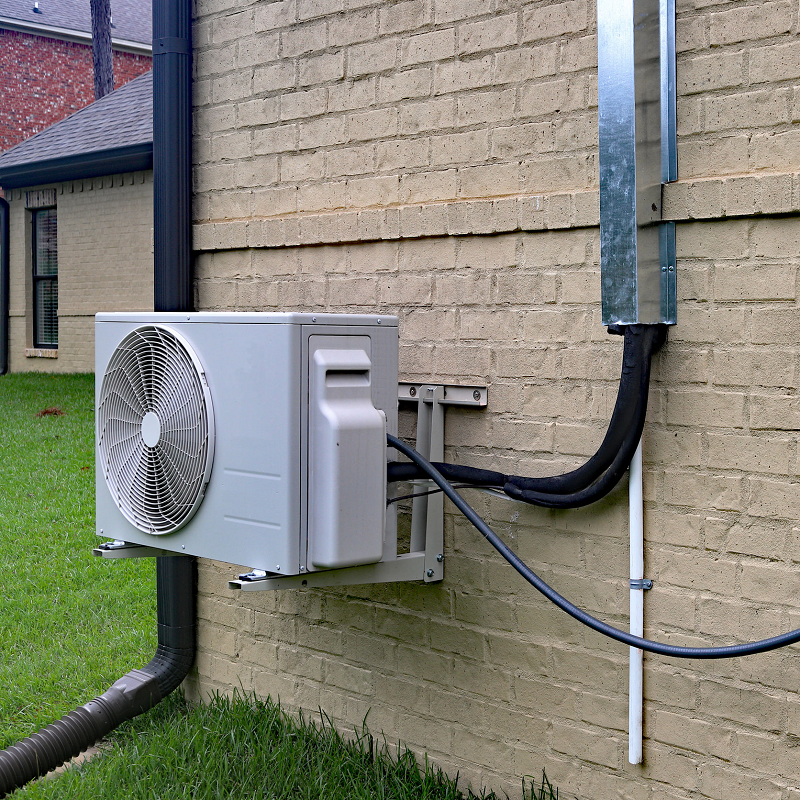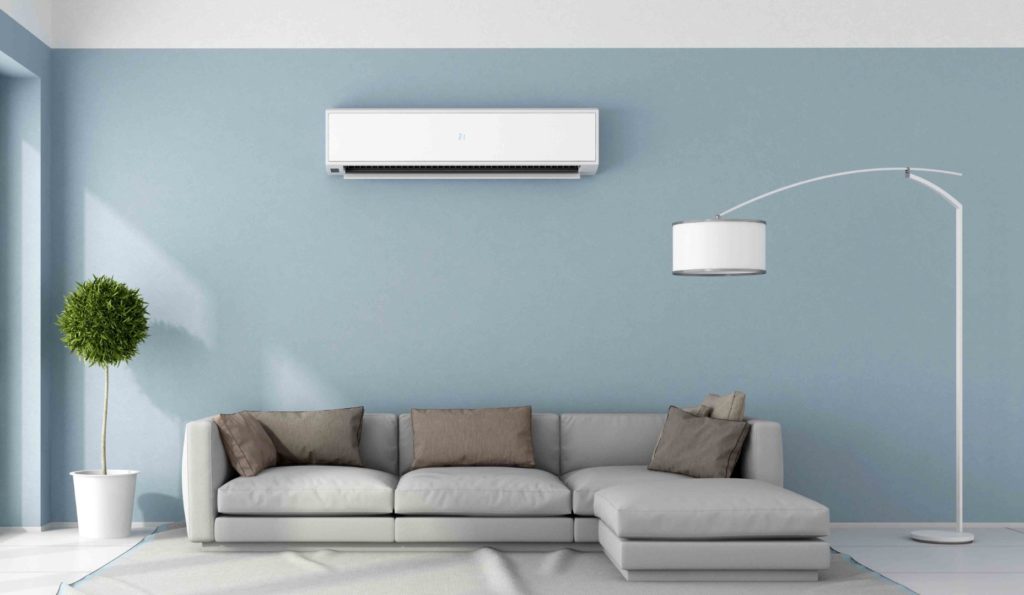There are several HVAC system options that you can go for. Usually, homeowners choose to have the central HVAC system because that has been around for a long time. However, it is now possible to explore newer and better options with technological advancements. Mini-splits seem to be taking over the HVAC industry, with more homeowners turning to them for better efficiency. But how do mini splits and central HVAC systems compare? You can only tell the difference and decide if one is better than the other by comparing the two. Keep reading to find out more details.
What are Mini-splits
These are HVAC systems with two components, namely the outdoor compressor and the indoor evaporator. One of the reasons it is preferred over other HVAC systems is that it is easy to install these components since no ducts have to be installed. Ductless mini-splits are perfect for tiny homes as well as apartments. They can also be single-zoned or multi-zoned systems. Comparatively, both the central HVAC system and mini-split achieve their goal of cooling spaces. However, some people consider one of the two better than the other.
Benefits of Mini-splits

- They are energy-saving. These units are more efficient as far as energy consumption is concerned. Each room uses its system, making it possible to switch off rooms that are not in use. Usually, the multi-zoned mini-split system works better for people with many rooms. It is possible to control the air conditioning in all rooms and switch off those not needed. It is not surprising that this has led to more than 30% energy efficiency and saves.
- They are easy to install. Installing the ductless mini-split system is easy because it does not require any duct installation. All the installer needs to do is drill holes for the indoor unit, and they connect the indoor and outdoor unit, and you are good to go. Because there is less work to be done here, the installation cost is also very affordable.
- Individual temperature control for every room. It is a convenient system to use in places where people may want different settings on their HVAC systems. Each room has a separate control setting, meaning that they do not have to inconvenience anyone else. Each person can customize their preferred temperature settings and not affect the others.
- Variety for indoor units. Homeowners can choose different indoor units with mini-splits. These could be the wall-mounted, ceiling cassette, floor-mounted, or the concealed units. You can decide to mix the different options for different rooms or choose those that make the most sense for your home’s needs.
- They are easy to maintain and have a compact design. These units are more compact compared to central HVAC systems. The small sizes also make them easy to maintain in the long term.
On the downside, though, these units have a higher initial cost as they cost more than 30% more than central HVAC units upfront. They may also interfere with aesthetics since they tend to protrude, not to mention that they require more maintenance.
Central HVAC System
These are HVAC systems that circulate air throughout the entire house. They offer better air quality because of the filter changes and help maintain a uniform temperature throughout the house. On the downside, they are less efficient, difficult to maintain, and require duct installation.
In the end, the HVAC system one goes for depends on their personal preference. Always compare what works for your unique situation and go for that.






